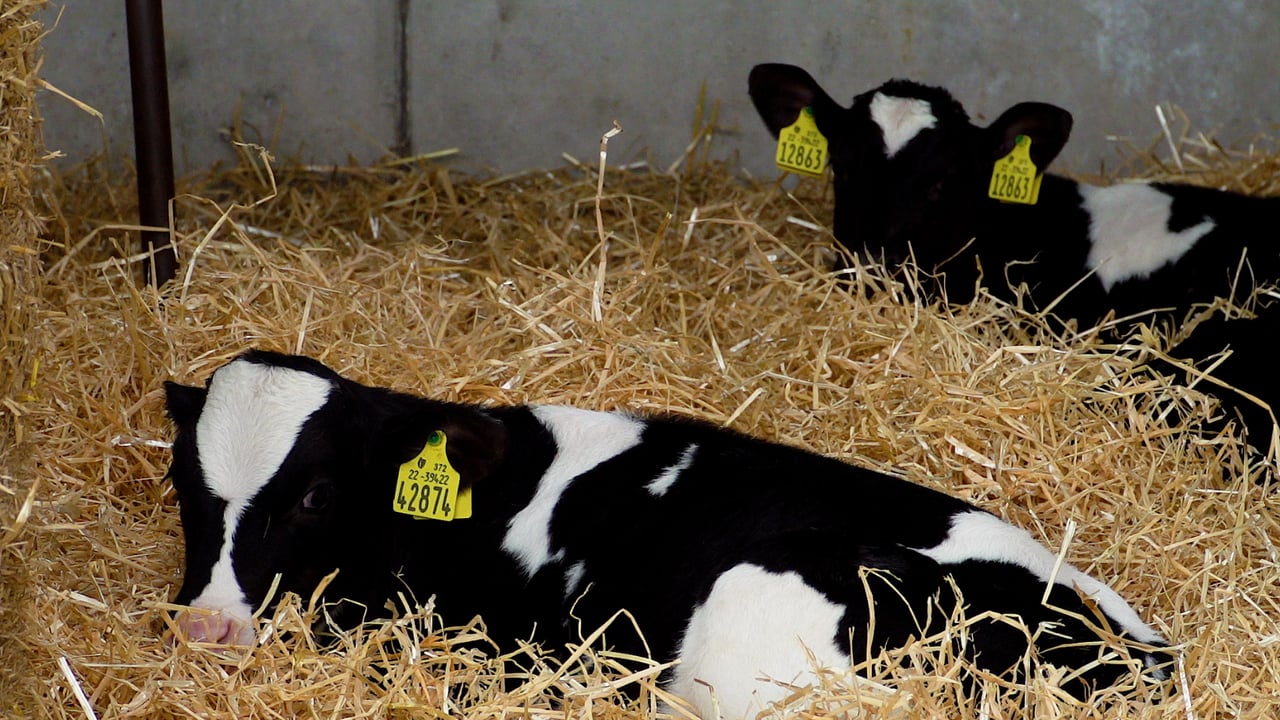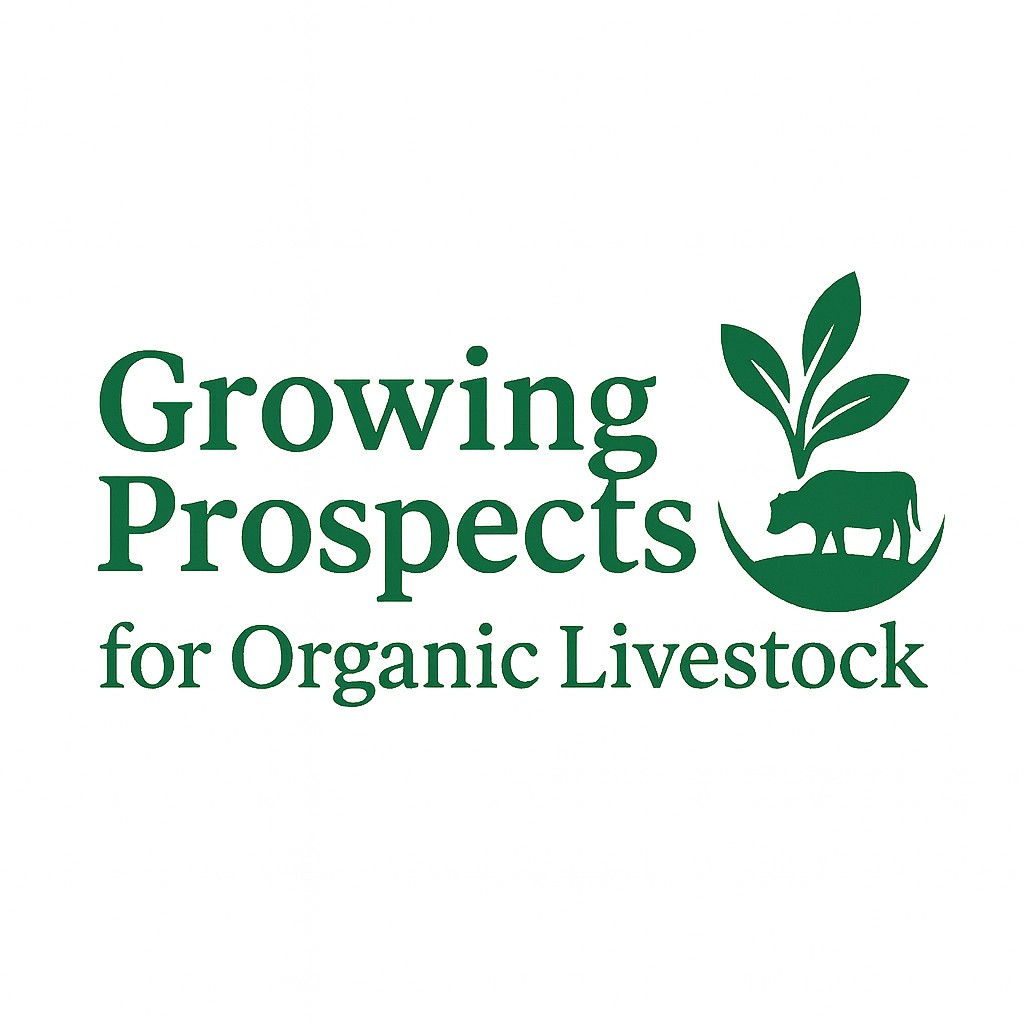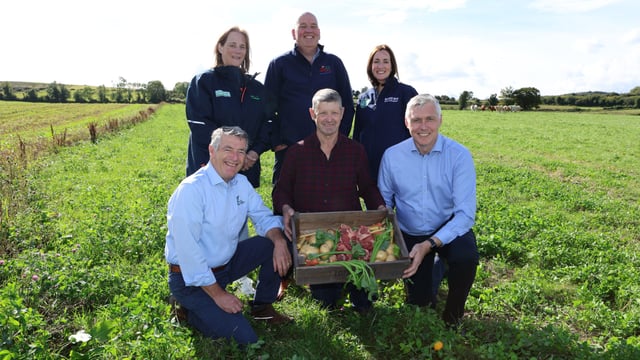Time to start thinking about disbudding calves
Farms that began calving cows in mid- to late-January may now need to start disbudding some of the older calves on the farm.
The disbudding of calves should be completed when the horn is still in the development stage, before the horn becomes attached to the skull.
The main method of disbudding calves is cauterisation.
Cauterisation method:
- Restrain the calf, preferably using a custom-built calf-dehorning crate;
- Identify the location of the buds and administer anesthetic of 2-3ml on both sides. Consult your vet regarding their procurement and application/administration;
- Prior to disbudding it may be useful to clip the hair around the horn bud so that it can be seen easily and a clean burn can be achieved;
- Place the hot disbudding iron on the bud and rotate it in a half circle 10-12 times while applying pressure. Angle the instrument so that the edge burns the skin around the rim of the bud;
- Dig out the horn by pressing and moving the head of the iron laterally, leaving a crater in the skin. There may be a small protrusion in the centre of the hollow but this may be left as it is not horn-forming tissue;
- Remove the other horn bud in the same manner.
You should avoid the use of antibodies during the removal of horns from calves. Instead, you should give them anti-inflammatories to help with pain management.
This should deduce the amount of time the calf spends not drinking or eating.
Calves need to be monitored for about 10 days after disbudding for monitoring of infections or fly strike.
Common symptoms to look out for are constant tossing of the head and/or a discharge from the wound.
If signs of infections are seen in the calves you should consult with your vet to see what treatment is required.
The disbudding of calves is carried out to comply with regulations under the Diseases of Animals Act (1966) which prohibits the sale or export of horned animals.
Disbudding procedures must be carried out in compliance with the Protection of Animals (Amendment) Act (1965).
It is illegal to disbud a calf over two-weeks-old without using a local anaesthetic. The veterinary advice is that all calves should be treated with a local anaesthetic when disbudding.
Local anaesthetic may be obtained by prescription from veterinary surgeons.





